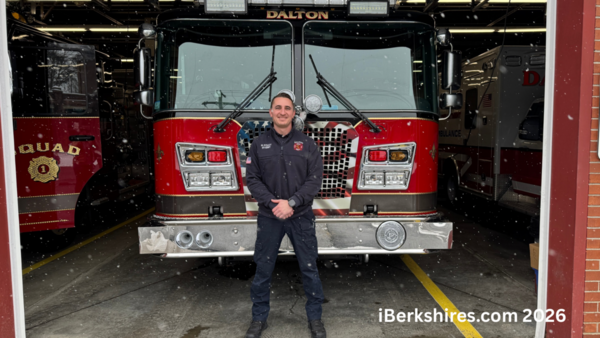Letter: Save Notch Forest
 |
To the Editor:
I am writing to express deep concern over the proposed logging project near Notch Reservoir and the Bellows Pipe Trailhead. This plan poses a significant threat to both the environment and our community's well-being.
Notch Road has already seen the effects of large logging projects. A private logging project from a few years ago (approved by the City) causes flooding during heavy rains, pouring into driveways and basements. Our area regularly faces power outages and property damage due to increasing wind gusts. Without the forests as a buffer, I fear these issues will worsen.
While the city proposes installing culverts as part of the "reconstruction" of the forest. With wetter seasons due to climate change, how will they address future challenges? How many culverts are planned, and how is their effectiveness measured? How will the city manage the wind? Are they prepared for more power outages? Will road and electricity maintenance end up costing the city more?
As a resident of Notch Road, I'm also worried about noise, air pollution, and increased traffic from logging trucks. The constant noise will disrupt the peaceful environment and harm local wildlife. Animals that depend on these forests for food and shelter will be displaced, pushing them into our backyards and upsetting the balance of our ecosystem. The forest is their home.
Lastly, there were misleading statements at last week's town meeting. Mass Audubon's Andrew Randazzo claimed that younger trees sequester more carbon. This idea is based on comparisons between old tropical forests and young temperate or boreal forests, which are very different. Temperate forests, in fact, have some of the highest CO2 removal rates. The idea that young trees growing rapidly sequester more carbon does not account for the 100-plus years of carbon already stored in a mature tree. Cutting down the tree releases that carbon that then has to be sequestered again. Many studies show that old-growth forests sequester more carbon over their lifetimes.
The Adirondack Council's Robert T. Leverett, chair of the Forest Reserves Science Advisory Committee, noted that "[d]uring this crucial period of getting our carbon emissions under control, the public forests should basically be left alone to accumulate carbon as rapidly as possible. Where management in public forests is continued, the priority should be to increase the rate of carbon storage beyond what would happen through natural processes. There are management strategies to increase sequestration in forests, but they do not include removing the star performers, the big trees."
I find it shameful that experts, not tied to logging companies, have not been consulted. North Adams deserves more than to be considered an "experiment." We should respect ourselves enough to remember that.
For the sake of our future, let's reject this plan and work toward solutions that preserve our forests, environment, and quality of life.
A presentation will be held on Sept. 27 at Terra Nova Church in North Adams at 7 p.m. to address these concerns and more. See you there.
Devin Raber
North Adams, Mass.















